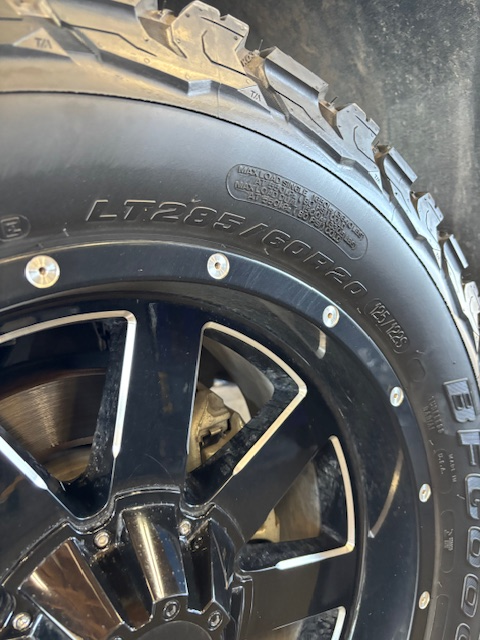Understanding Tire Sizes: What Do Those Numbers Mean?
If you’ve ever looked at the sidewall of your tire, you’ve probably noticed a series of numbers and letters, like 225/60R16. At first glance, it can seem like a secret code—but each number and letter tells you something important about your tire’s size, construction, and performance. Understanding these details can help you make smarter decisions when replacing your tires or upgrading your wheels.
Breaking Down a Tire Size

Let’s take the example 225/60R16:
1. Tire Width – 225
The first number refers to the width of the tire in millimeters, measured from sidewall to sidewall. In this case, the tire is 225 mm wide, or roughly 8.9 inches.
2. Aspect Ratio – 60
The second number is the aspect ratio, also known as the tire’s profile. This is the sidewall height expressed as a percentage of the tire width.
In our example, the sidewall height is 60% of 225 mm, which is about 135 mm.
Lower numbers = shorter sidewall, sportier handling, firmer ride.
Higher numbers = taller sidewall, smoother ride, more cushioning over bumps.
3. Tire Construction – R
The letter following the aspect ratio indicates the tire’s construction type.
R = Radial, the most common type today.
Other types like D (Diagonal/Bias) or B (Belted Bias) are uncommon for modern passenger vehicles.
4. Wheel Diameter – 16
The final number tells you the diameter of the wheel (rim) in inches that the tire is designed to fit.
Example: 16-inch wheels require a 16 in the last position.
If you plan to upgrade to larger wheels, the last number will change.
Additional Markings You Might See
Load Index & Speed Rating (e.g., 98H): Indicates how much weight the tire can safely carry and the maximum speed it’s designed for.
M+S or 3PMSF: These indicate Mud and Snow or Three-Peak Mountain Snowflake, which relate to all-season or winter performance.
Why Tire Size Matters
Choosing the right tire size is crucial for your vehicle’s safety, performance, and comfort. Installing the wrong size can affect your speedometer accuracy, fuel economy, and handling. When in doubt, always check your owner’s manual or the driver-side door sticker for the manufacturer’s recommended tire size.
Need Help With Tire Selection?
At Dickerson Automotive, our expert team can help you choose the right tires for your car and driving needs. Whether you’re looking for better traction, a smoother ride, or a performance upgrade, we’ve got you covered. Schedule your tire service today!